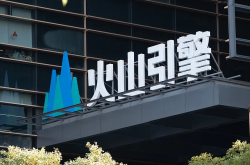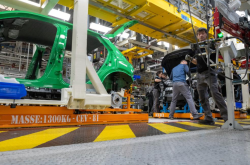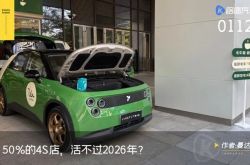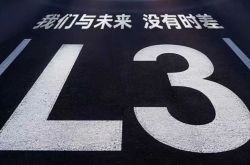“Assisted Driving” is a Basket, Into Which Everything Goes | Demystifying the Moment
![]() 04/28 2025
04/28 2025
![]() 472
472
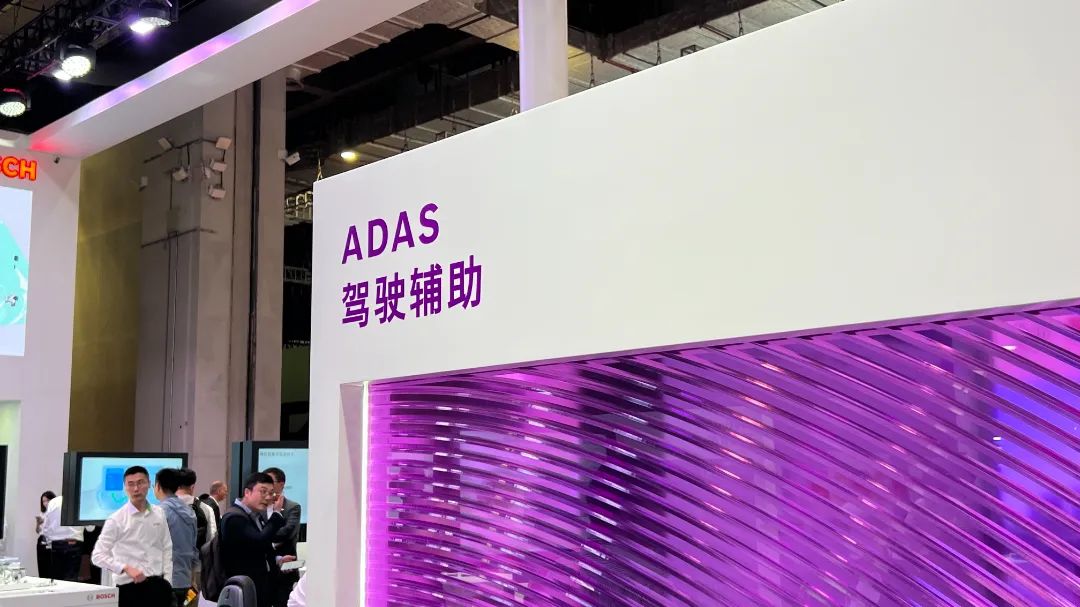
Introduction
OEMs have made assisted driving solutions highly competitive, transitioning from full-stack independent research and development to full-stack controllability.
As the auto show approaches, the industry's "intelligent driving frenzy" has waned. The wave of intelligent driving has finally hit the brakes, but at a considerable cost.
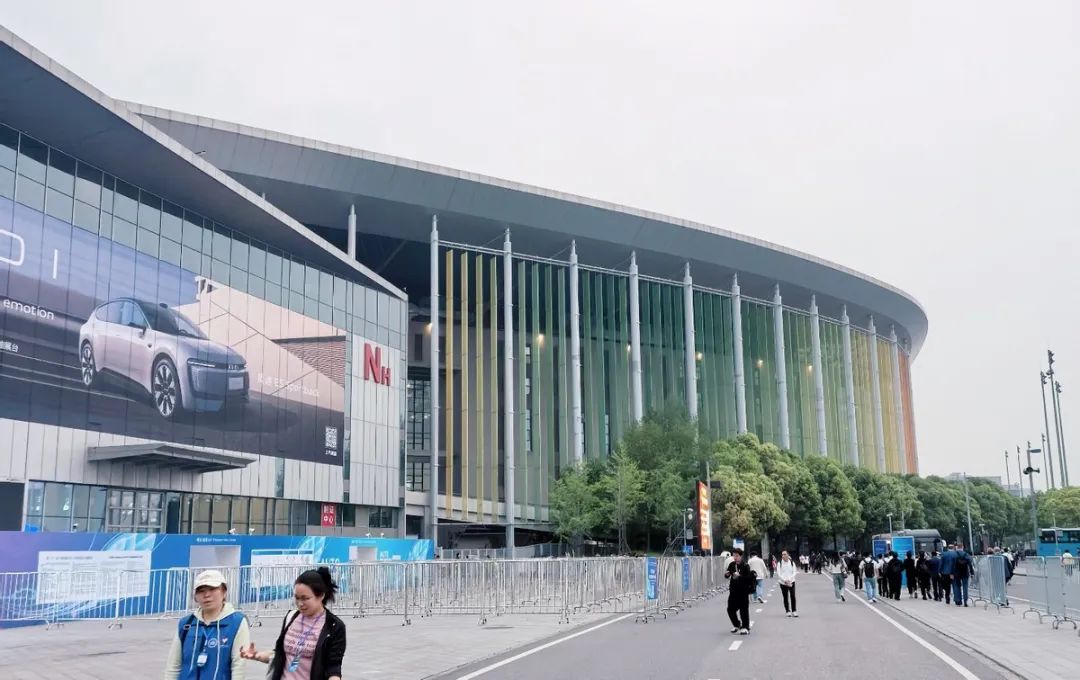
Hence, this auto show lacked the traffic hubbub of 2024, and the famous figureheads of the industry also subsided. Now, everyone can properly view the exhibition, calmly analyzing the industry prospects and the future of intelligent assisted driving. It's a good thing.
Before and after the auto show, there were numerous announcements regarding intelligent and assisted driving. In the four main halls from 1.2 to 8.2, OEM personnel and component manufacturers negotiated and connected continuously, with OEM leaders and component leaders occasionally visiting each other. For instance, at the Xpeng booth, I encountered Hive Energy CEO Yang Hongxin, who went upstairs for a meeting with He Xiaopeng (not related to intelligent driving, just an example).
And "assisted driving" has become the core term of communication in the component exhibition halls at this auto show, like a basket into which everything is put. "After all, no one dares to mention 'that' word against the wind."
01 Solutions for Assisted Driving
When it comes to whose "friend circle" is the broadest in intelligent driving chips, Horizon Robotics is unrivaled. On many booths, the Journey series' J6E/J6M assisted driving solutions were displayed. Since chip prices are basically unified, and the J6 platform reduces the hardware cost of urban NOA to 5000 yuan, solution providers have to bear the cost of "competition" themselves.

For example, QCraft launched an end-to-end urban NOA solution based on a single J6M. QCraft stated that this marks an important step forward in the field of "safe intelligent driving" and achieves ultimate cost-effectiveness.
However, the J6P, which can compete with Thor U, will not be available until 2026. Therefore, several solutions based on Thor U have emerged. It seems that NVIDIA CEO Jen-Hsun Huang's two trips to China were not in vain.
At the Joydrive (DJI Automotive) booth, I saw the latest "JiMu System 2.0" (without specifying which lidar company). There was also a display of the L2-level assisted driving controller solution based on Thor U/Thor X. Why wasn't there a solution for Horizon's J6P? The engineer who explained it to me told me that Thor U can be mass-produced by the end of the year, but it's unclear when J6P will be available.
Black Sesame Technology is also engaged in "the final struggle," having released the "Safe Intelligent Base." Its motherboard comes standard with a chip from the C1200 family, which simultaneously drives the liquid crystal instrument, central control infotainment system, and mid-level assisted driving solution. However, given the significant gap in market share with Horizon Robotics, it's difficult to say how effective it will be.
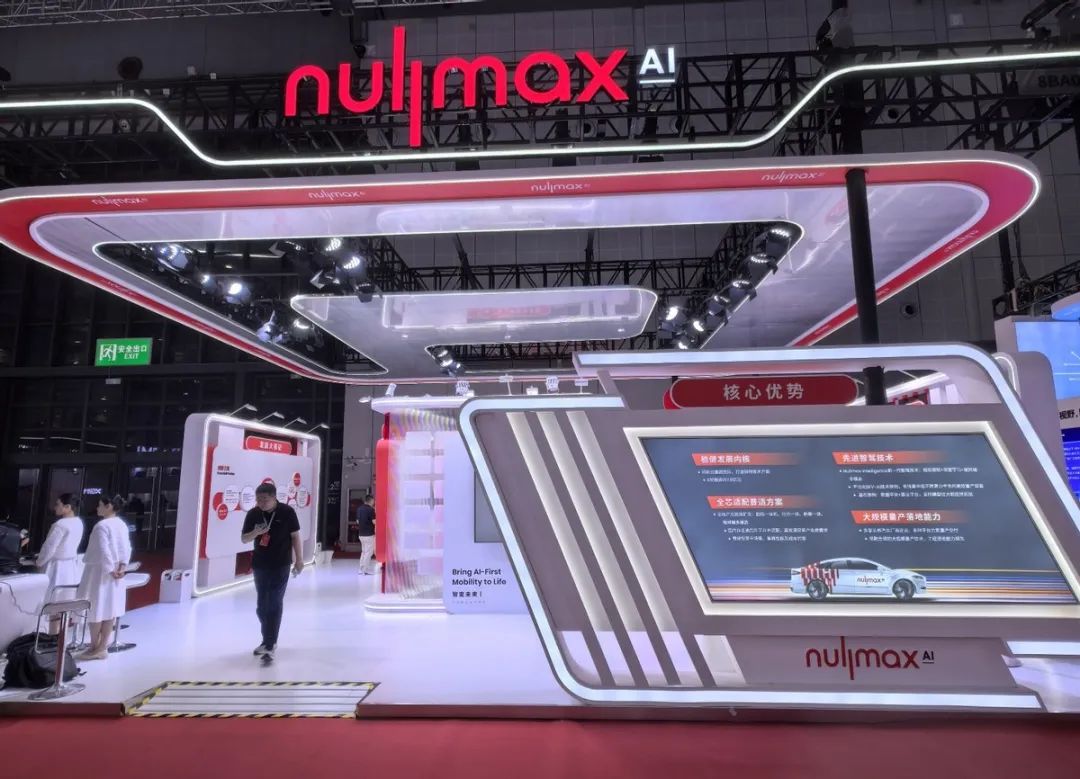
Accordingly, Nullmax, which participated in the Shanghai Auto Show for the first time, showcased four mass-production-level MaxDrive solutions. The cockpit-driving integrated solution is compatible with Black Sesame's C1296 chip. Additionally, there is also development based on the Black Sesame A2000 platform. However, with Zongmu Technology falling from grace and the industry entering "technological Darwinism," Nullmax's ecological exploration may still have to face the dual pressures of OEM independent research and development and the capital winter.
Another point is that while everyone talks about the "pure vision route," they are secretly adding lidars. Similarly, QCraft's software and hardware collaborative joint optimization solution also incorporates lidar applications, demonstrating improved cost-effectiveness.
Lidar is also transforming from a functional component to a safety component, as Hesai Technology CEO Li Yifan stated. With prices dropping to around 1500, they can all be installed. I also inquired about the current price of Hesai's ATX, which is around 1400, similar to RoboSense's price.
Simultaneously, the competition in lidar wire harnesses has also risen to four digits, with Hesai having 1440 lines and RoboSense soon to release 2160 lines. This competition is indeed fierce.

The previously hyped "end-to-end" concept, after more than a year, has deepened everyone's understanding of one-stage end-to-end, while the application of end-to-end + VLA is also progressing. Here, I must mention Li Auto, which introduced its self-developed MindVLA architecture at the NVIDIA GTC 2025 conference. However, from the actual situation, it should still be end-to-end + VLM, with VLA reportedly arriving as early as September.
For the cloud-based "world model," which is crucial for end-to-end applications, SenseTime Absolute Zero showcased the "Enlightenment 2.0" version at the auto show. Engineers on the booth welcomed a steady stream of inquirers, including myself.
Huawei, undoubtedly a frontrunner, is advancing with its WEWA world model architecture. However, the extent to which the world model will be applied remains unknown. For now, L4 seems to be a distant prospect in the eyes of the suppliers I encountered.
02 OEMs Rely More on Tier1
As the terminal market becomes increasingly competitive, OEMs face increasing pressure to launch new products, making their reliance on leading intelligent assisted driving Tier1 suppliers stronger.
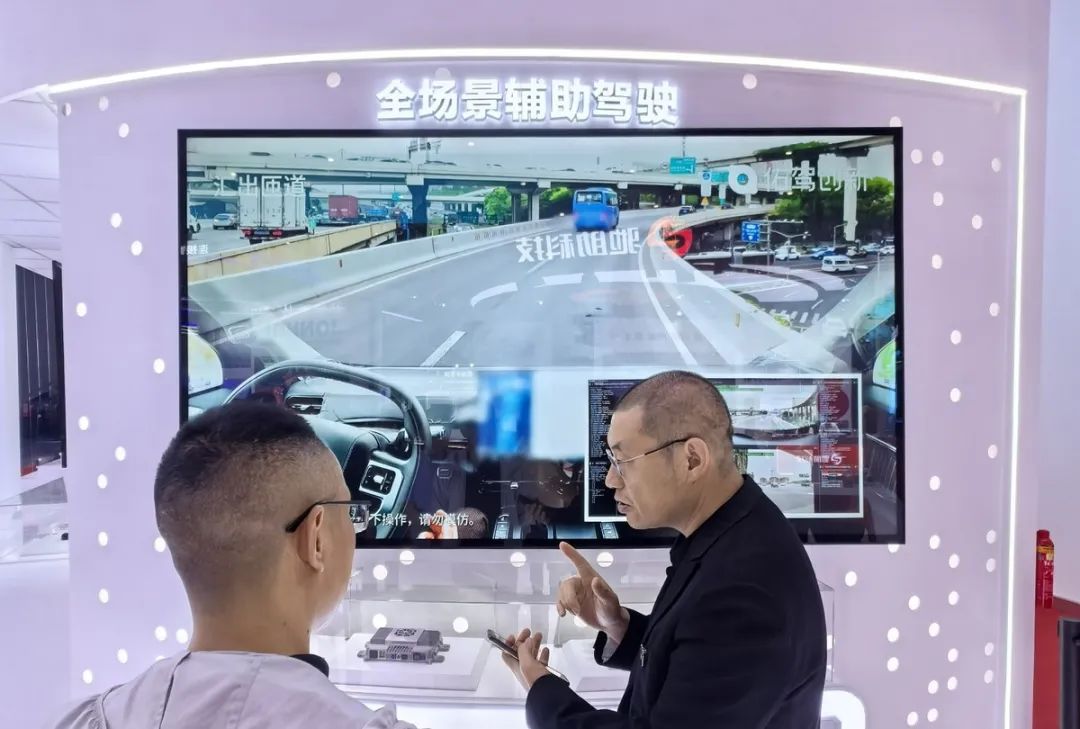
The reason is simple: each has its expertise, and suppliers' Know-how (technical know-how) is not something that OEMs can fully control. Therefore, there has been a shift from "full-stack independent research and development" to "full-stack controllability." After all, OEMs cannot casually recruit and then lay off large numbers of people like intelligent driving companies due to the significant impact and potential lack of tangible results.
The more I see, the more I feel this is the case. Fortunately, when the "intelligent driving equality" clamor subsides, the pace of reality is accelerating.
Momenta's solutions are making great strides. According to the latest data, Momenta has reached over 130 vehicle model designations and has mass-produced and delivered 26 vehicle models as of the end of last year. Additionally, Momenta CEO Cao Xudong disclosed at the auto show press conference that the number of mass-produced vehicles equipped with their solutions will soon exceed 300,000.
On the first day of the auto show, Honda announced a deep strategic cooperation with Momenta. Additionally, five major automotive brands—FAW-Toyota, SAIC-GM Buick, SAIC-GM Cadillac, and SAIC-Audi—have announced cooperation with Momenta. Amidst the wave of popularizing assisted driving this year (an awkward term, but there's no other way), Momenta has truly supported half of the sky in OEMs' mass production of intelligent assisted driving.
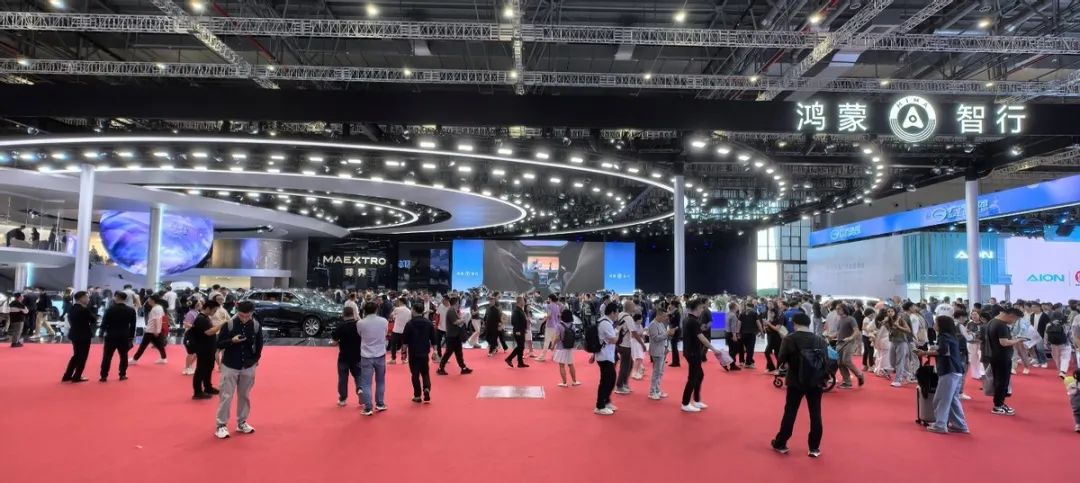
Besides GAC Toyota's Botzhi 3X using Momenta's 5.0 one-stage end-to-end solution, FAW Toyota's bZ3 and bZ5 will also use it, along with Dongfeng Nissan's N7, which will be launched at the end of the month. The new generation of electric vehicles from Japanese brands Toyota, Honda, and Nissan in the Chinese market have all chosen Momenta's solution.
The real big players are also not idle. At the auto show, Huawei showcased its ADS 3.3 advanced intelligent driving system through the M9 and new M5 Ultra. The 2025 AITO M9 adds three high-precision solid-state lidars, three distributed 4D millimeter-wave radar matrices, and other hardware to intimidate competitors on the field.
Moreover, two days before the auto show, Huawei also released ADS 4.0, adopting the WEWA architecture (World Engine + World Action Model), as well as a high-speed L3 commercial solution, and P2P 2.0 and VPD 2.0 for valet parking. That leading position is indeed quite impressive.

Currently, the competition for intelligent driving applications has shifted from early high-speed NOA to urban NOA and is rapidly moving towards "parking spot to parking spot" functionality. In this regard, the conventional term is P2P, while Geely's naming is D2D. However, regarding the automated valet parking (AVP) issue, everyone was still very cautious at the auto show after incidents occurred.
After all, from an engineering perspective, the difficulty of parking spot to parking spot lies in solving the timing issue of switching scenarios between parking and driving. Each company has its own method, but it seems that not many can mass-produce it. After inquiring with several companies, they were all still in the discussion stage.
As mentioned earlier, OEMs are now constantly inquiring about various intelligent driving solutions to see who does it best. From this perspective, it's noteworthy that Chery, which has said that "intelligence is not polite," uses quite a number of intelligent driving suppliers.
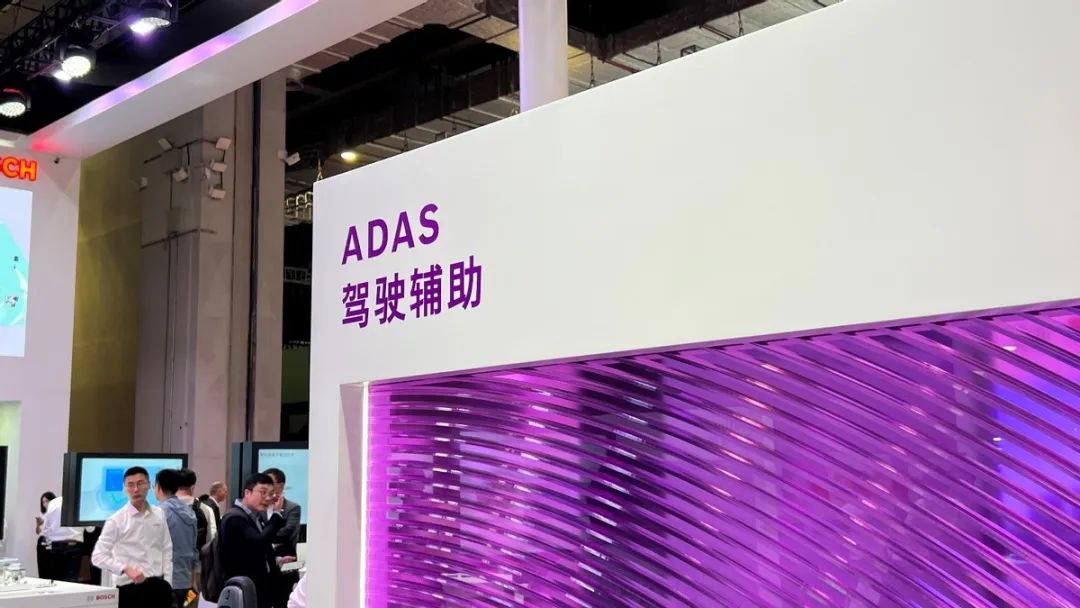
Another point is that for traditional component giants, the threat in the field of intelligent driving is quite significant. They do not have much accumulation of Know-How in these new areas and have to start from scratch, which is very tiring. At the Continental booth, I overheard two people discussing Continental's solutions, saying, "The Astra solution from Xingchen is very well-rounded, and the speed of catching up is indeed fast, but we still have to see the actual application situation."
Many people say that the manufacturers' promotion of intelligent driving at this auto show was more subdued and not as exaggerated as before. However, in reality, with the entry of traditional giants, competition in the field of intelligent driving assistance has become even more intense. Moreover, at this year's auto show, the status and voice of suppliers were unprecedentedly high. Having attended the Shanghai Auto Show five times, this was the most different one. It's also a fortunate event for the industry.
Responsible Editor: Yang Jing Editor: He Zengrong

